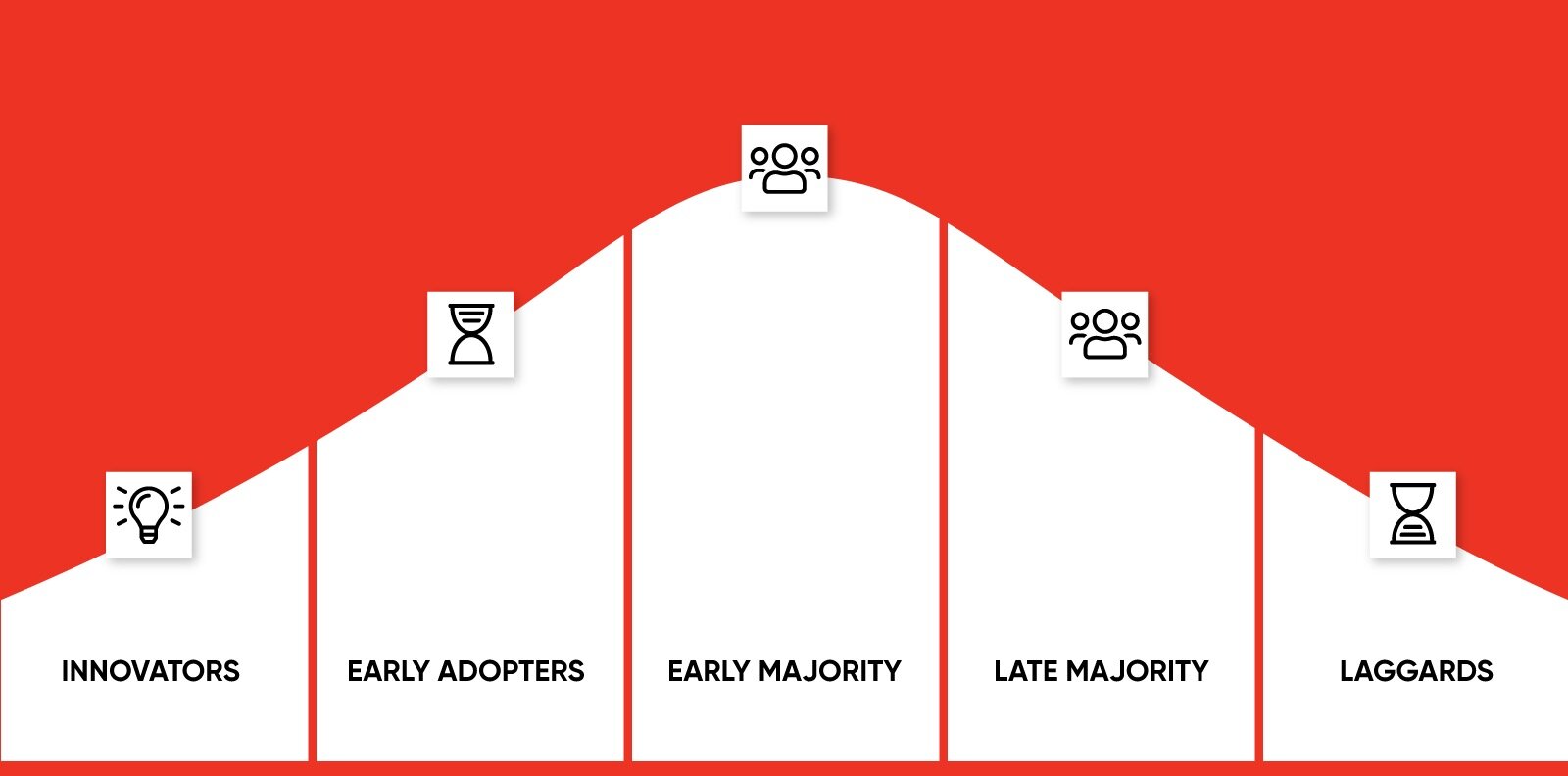Key Takeaways
- True innovations in medtech change how healthcare is delivered
- Imitator products drive improvement in healthcare delivery
- Most new medtech products are imitations, not innovations
- Your go-to market strategy depends on knowing if you are an innovator or an imitator
We hear a lot about “breakthroughs” in healthcare. Every new product promises to be an innovation that will change how physicians work, improve the lives of patients, and enrich the bottom line of health systems. In fact, we hear innovation so often, we tune it out.
And so do your customers.
Physicians are particularly skeptical when they hear “innovation” from medtech manufacturers, in part because marketing pitches overuse the word. They may trust you less when you say your product is an innovation. Nor does every physician always want innovation. Healthcare, after all, is an inherently risk-averse industry. Healthcare professionals want incremental improvements on devices they already use. They want imitators.
If you’re a medtech manufacturer marketing to physicians and health systems, ask yourself (and be honest) is our new product an innovation or an imitation? Because when you know whether your brand is a wholly new idea or an improvement to an existing idea, you’ll know which way to take your go-to-market strategy.
Is your product an innovation?
If you’ve got a true innovation, particularly in healthcare, we’re as excited as you are. Because true innovations change how people do their work and live their lives. Think of the printing press. Flight. Sequencing the human genome. The iPhone. Artificial intelligence.
True innovation in healthcare can create wholly new categories. Take femtech, a new category in healthcare that didn’t even have a name before 2016. Today, tech-enabled, consumer-centric health solutions for women is a $55 billion global market set to double by 2032. To create a new category for their innovation in consumer health services, femtech marketers first needed to demonstrate why digital health solutions dedicated to women are a powerful benefit to consumers and a value-creator for employers and payers. Femtech startups needed to build a new category.
Building a new category is a bigger job than launching a new product. It can be done. If you’ve got a true innovation, and are ready to shake up the industry,
The Diffusion of Innovation Model: Find your customers
When you’ve defined your product an innovation or an imitation, you’ve got another challenge: Healthcare customers trust each other more than they trust you. That’s where the Diffusion of Innovation Model comes into help you find the customers you can convince and those who will convince their peers.
Because your customers, too, can be defined as innovators or imitators, as influencers or followers. Know which your product is – and know which of your customers are most open to making a switch.

The Diffusion of Innovation Model
The Diffusion of Innovation model identifies primary influencers in the spread of new ideas across networks. Dividing customers into five segments – innovators, early adopters, early majority, late majority, and laggers – the model quantifies the power of each to drive adoption. Each customer segment behaves differently and moves at different speeds. Each, therefore, requires a different marketing strategy, just as innovative and imitation products require different approaches.
First, know yourself
Identifying your most likely customers is essential as you shape your marketing strategy.
But first, know yourself. Be honest: Is your brand an innovator or an imitator? Your customers know the difference, so speak the truth. And the truth will lead to a successful launch, whether it’s owning your category as an inspiring innovator or being distinctive within a crowd of imitators.
References